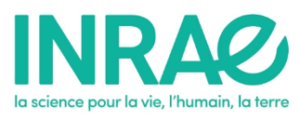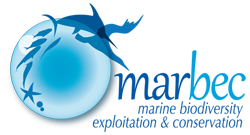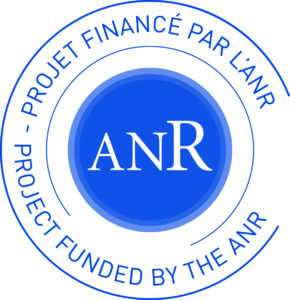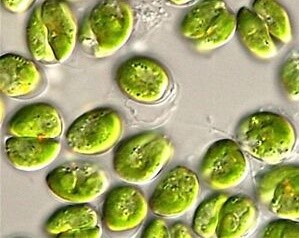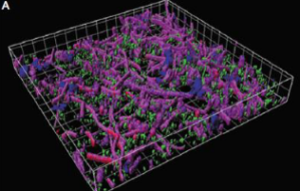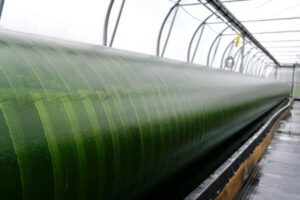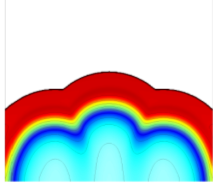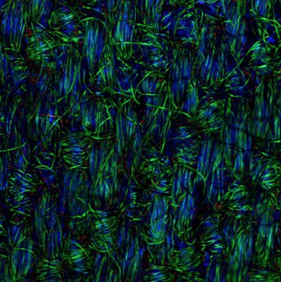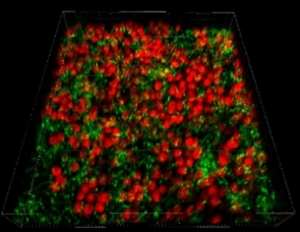Exploring and understanding the secrets of photosynthetic biofilms
It is crucial to identify new drugs to deal with pathogens that are resistant to current antibiotics. Microalgae can be used for the production of compounds of interest, in particular for food and feed. They are traditionally grown in suspension in photobioreactors or raceways. To improve their productivity and reduce environmental costs, an innovative approach is to grow them in a biofilm attached to a moving support. Surprisingly, many species grown are able to form biofilms that are highly resistant to biological contamination thanks to the synthesis of allelopathic compounds known to impact contaminating micro-organisms. These unique bioactivities have a very high potential in animal and human health.
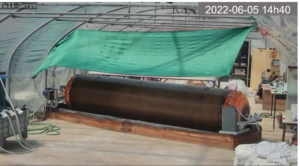
Outdoor pilot (in the Full Spectrum platform of the LOV) for the production of the microalgae Cylindrotheca closterium under biofilm for producing active antibacterial and anti viral compounds.
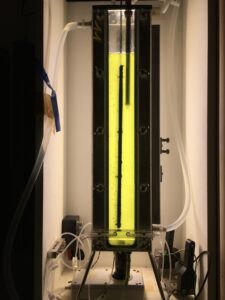
Biolfilms of Tetraselmis suecica monitored under different pH and illumination conditions. The culture system is controlled by the ODIN software designed at Inria.
The objective of the PhotoBiofilm Explorer project is to characterise and produce these new bio-compounds for human and animal health. Our main targets are antibiotics, but other activities will be tested, in particular antivirals. The discovery of these natural molecules will have a considerable impact in terms of valorisation, notably on the protection of aquaculture fish and shellfish, and in pharmacology thanks to the discovery of antibiotics and antiviral compounds.
Contact: olivier.bernard@inria.fr
ANR Project ANR-20-CE43-0008







